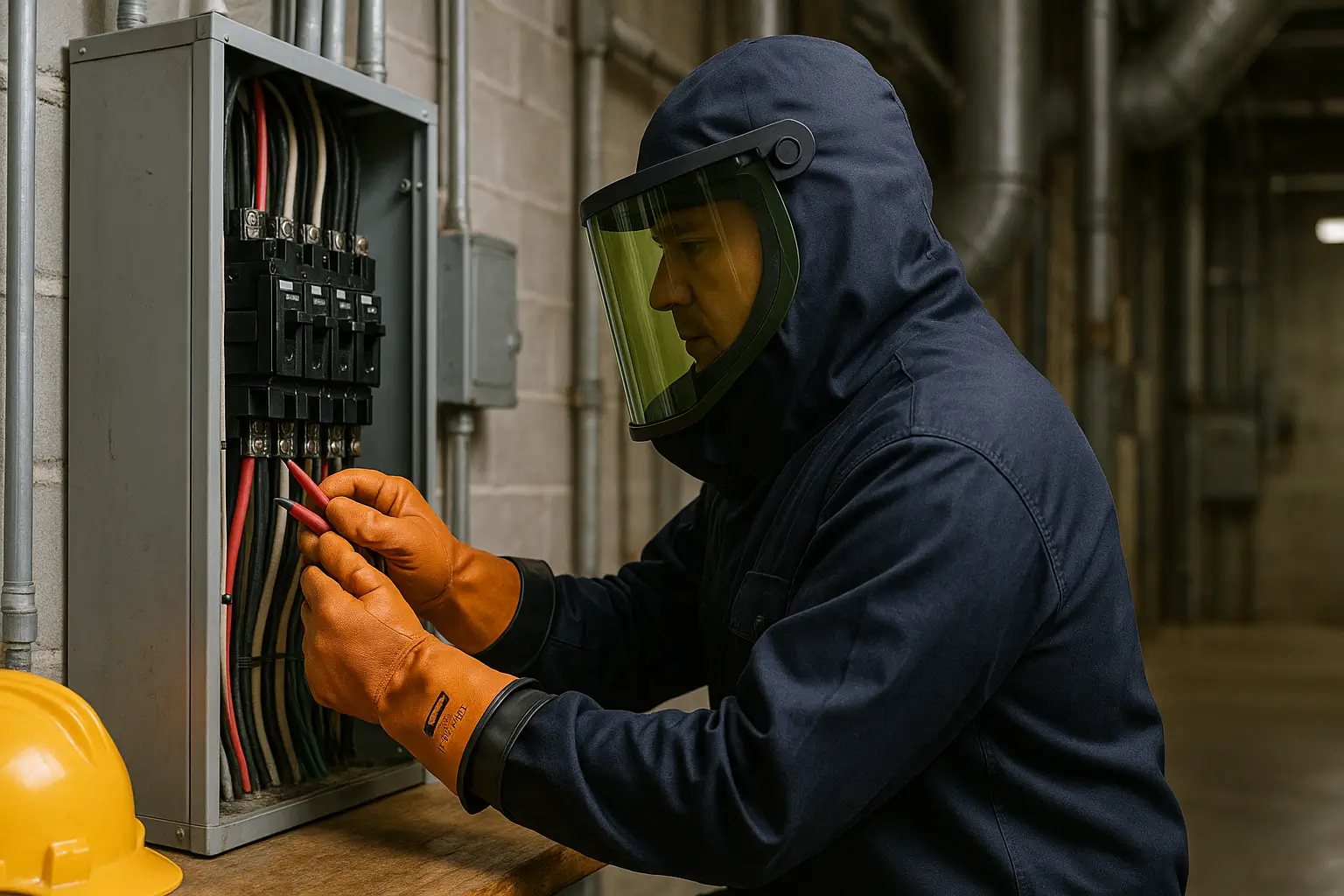OSHA’s handrail and stair rail system requirements for general industry have undergone updates to improve workplace safety. In November 2016, the Occupational Safety and Health Administration (OSHA) announced a final rule on walking-working surfaces and personal protective equipment, which enhanced criteria for reducing slip, trip, and fall hazards. The manufacturer has received multiple requests for handrail specifications and railing specifications. None of the regulatory judgments taken in the 2016 rulemaking are reopened for debate in this proposed rule. Instead, it focuses entirely on clarifying and allowing flexibility in the transition to OSHA’s stricter rules for handrails and stair rail systems, which were completed in 2016.
Background on OSHA’s Walking-Working Surfaces Rule
OSHA introduced these changes in response to common workplace hazards leading to falls, injuries, and fatalities. Falls from heights and unsafe stair rail systems were a major concern in industries such as construction, manufacturing, and warehousing. The 2016 rule was designed to improve worker safety by making sure that handrails and stair rails meet strict safety standards and provide adequate protection.
Key Updates in the OSHA Handrail & Stair Rail System Standard
The updated OSHA standard includes several important changes:
-
Minimum Height Requirements: The height for stair rail systems has been revised to a minimum of 42 inches to make sure proper fall protection.
-
Material Strength & Load-Bearing Criteria: Handrails and stair rail systems must withstand at least 200 pounds of downward or outward force.
-
Application Across Different Work Environments: The requirements apply to general industry workplaces, ensuring uniform safety standards across various sectors.
Employers were given a phased timeline to implement adherence with these new rules. These updates help reduce fall-related injuries and improve overall safety conditions.
Impact on Employers and Workers
All workers in the United States must abide by the occupational safety and health regulations set forth by Federal OSHA. The updated regulations mean that businesses must inspect their stair rail systems and make necessary modifications to adhere with OSHA standards. Failure to do so can result in penalties, fines, and increased workplace accidents.
To adhere with these standards, employers should:
-
Conduct routine inspections and maintenance of stair rails and handrails.
-
Train employees on proper safety protocols and hazard recognition.
-
Invest in OSHA-compliant handrail systems that meet updated specifications.
OSHA 30-Hour Training and Workplace Safety
One of the most effective ways to ensure adherence and workplace safety is through OSHA training. The OSHA 30-Hour program for workplace safety by OSHA Outreach Courses is designed to provide essential safety awareness, covering key topics such as:
-
Introduction to OSHA
-
OSHA Focus Four Hazards
-
Personal Protective Equipment
-
Materials Handling, Usage, and Disposal
-
Ergonomics
-
Concrete and Masonry Construction
This course is ideal for workers in supervisory or managerial roles. After completing the training, participants receive the OSHA 30 card on behalf of the U.S. Department of Labor (DOL). This certification highlights workers’ expertise in handling challenging situations and contributes to career advancement in the construction industry.
Conclusion
The OSHA handrail and stair rail system updates are crucial in preventing workplace injuries related to slips, trips, and falls. Employers must take proactive steps to ensure adherence with the updated standards by upgrading their safety equipment, training employees, and staying informed about regulatory changes. By following these guidelines, businesses can create safer work environments while avoiding fines and legal issues.









